Ping G Vs Ping G400 Driver Comparison & Review
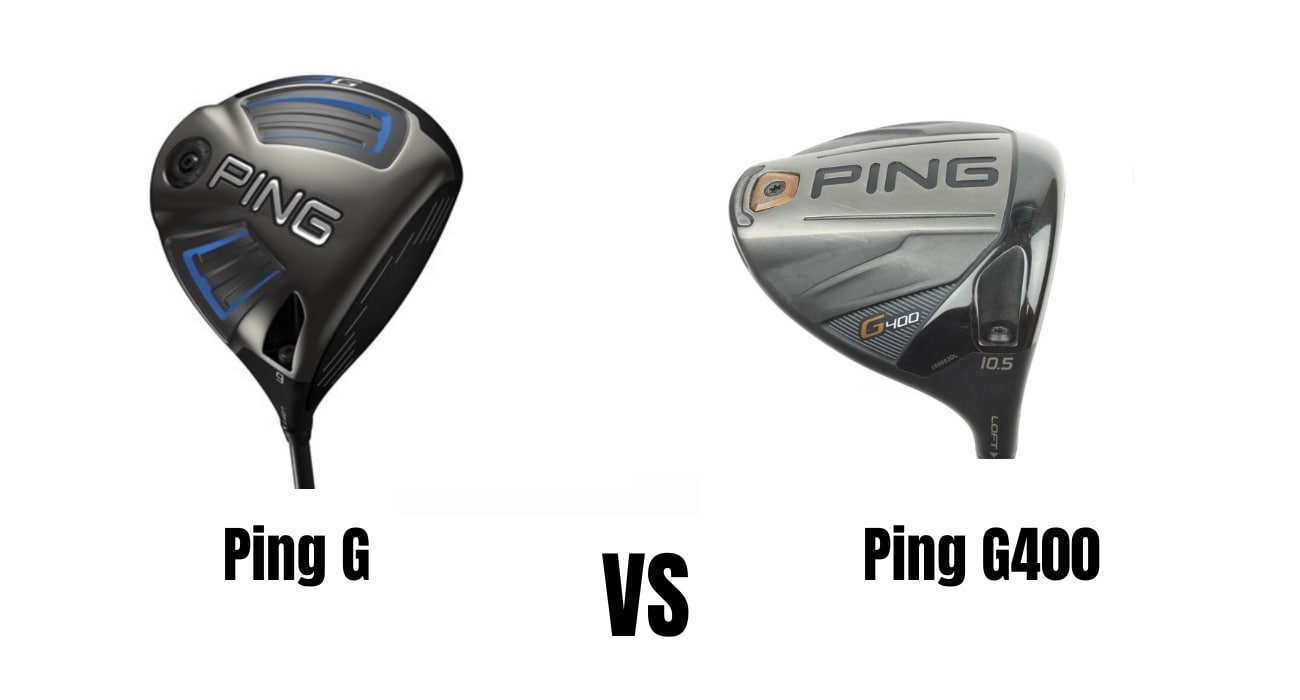
“You would think that having been released 14 years apart that there would be a lot of difference between the Ping G400 and the Ping G drivers.”
When you take a close look at these drivers though, you will see that they are surprisingly similar. Most of the differences are “under the hood” so to speak. And as the old saying goes, ‘if it ain’t broke, don’t fix it.
Ping has a solid reputation for making incredibly effective game improvement drivers. So we’ll give them a pass for not changing much in 14 years. However, there are key differences that you should know about. We tested the Ping G400 and the Ping G driver side-by-side to determine which driver is better overall.
Quick Comparison
| Ping G400 | Ping G | |
| Adjustable weight? | No | No |
| Lofts | 9°, 10.5° | 9°, 10.5° |
| Key Technology | Forged titanium face | Variable face thickness |
| Weight | 206g | 206g |
| Price | $230-$260 | $170-$200 |
| Overall Rating | 96/100 | 95/100 |
Ping G400 Key Features
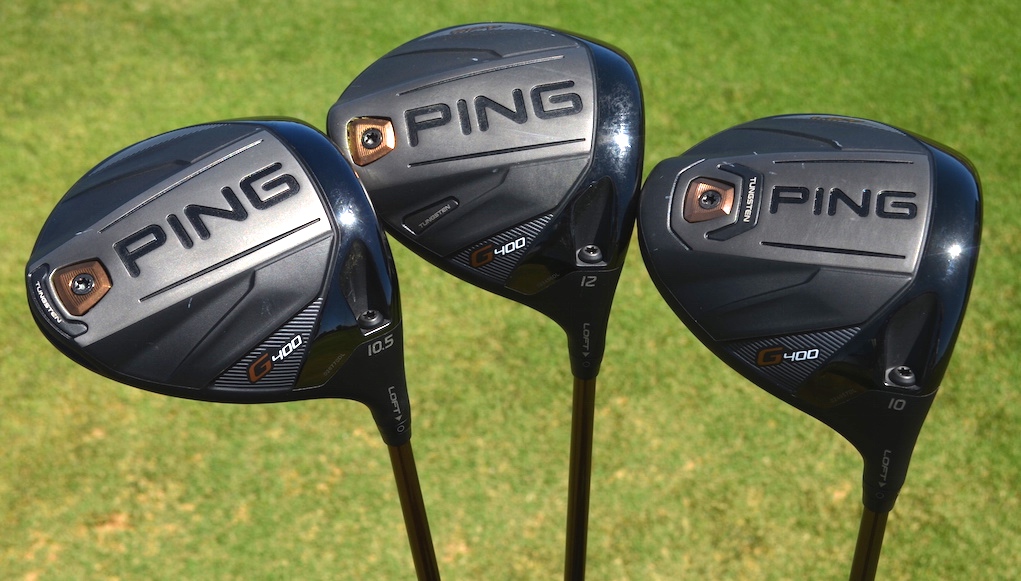
“One of the most important features to note is the 445cc head.”
Compared to the Ping G driver, the Ping G400 has a smaller profile and a more streamlined look. Ping also took this opportunity to upgrade the face – it’s still made of T9S titanium but this time it’s forged.
This gives the Ping G400 an incredibly satisfying, baritone snap at impact. It also makes the Ping G400 an incredibly consistent driver. You can make contact almost anywhere on the face and expect mid launch with ball speeds slightly on the low side (sub 2000 RPMs for the most part).
The Ping G400 also features a high-density rear weight which helps stabilize the head on mis-hits. This also contributes to the consistently true flight. Lastly, the Ping G400 features the Dragonfly internal ribbing structure. This structure allows for a thinner crown panel without sacrificing head stability.
Ping G Key Features
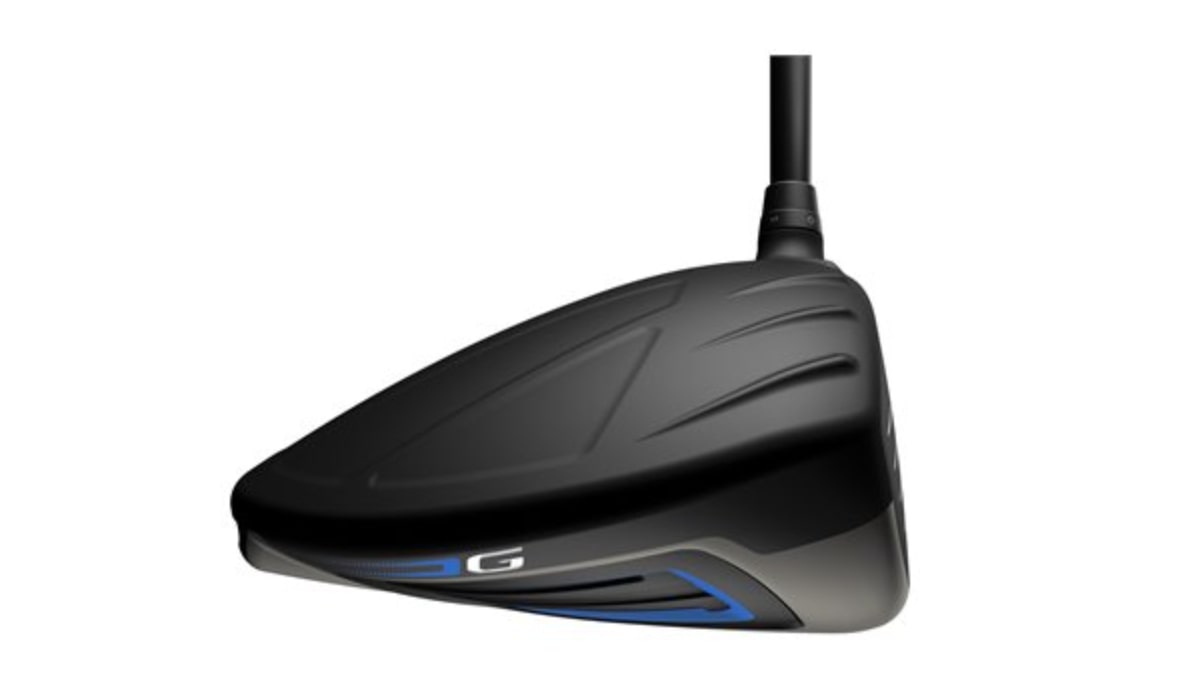
“There are a lot of features that the Ping G400 and the Ping G drivers share.”
For example, the Ping G driver also features the Dragonfly bracing structure and a T9S titanium face. However, our testers noted that the Ping G was naturally more forgiving because quite simply, it has a larger head. The Ping G has a 460cc head – the largest head volume allowed for tournament play.
The Ping G driver also sports variable face technology which improves flex – and therefore ball speed – on common mis-hit areas of the face.
The Ping G Family of Drivers
“Any time you see a G series driver from Ping, you know you are getting a very forgiving club.”
And if you aren’t sold on either the Ping G or the Ping G400 drivers, don’t worry, there are others to choose from. Take for example the Ping G425 driver. This has beenPing’s flagship GI driver for some time because it is remarkably effective. It features a sliding track weight to produce a draw, neutral or fade bias.
The Dragonfly ribbing system is still present in the G425; but it has been improved. The ribbing structure is made from titanium which saves on weight but doesn’t subtract from stability because titanium is a naturally resilient material.
Ping G Vs Ping G400
“In the end, the better driver comes down to personal opinion – and perhaps skill level.”
The variable face thickness and larger hitting zone of the Ping G driver make it a more congenial choice for high handicappers and beginners. Plus, the Ping G driver is more affordable than the Ping G400 so as a beginner, you won’t have to worry so much about damaging a new, expensive driver.
However, if you have no problem making consistent contact and you want a cleaner sounding, lower launching, lower spinning driver, the Ping G400 would be a better fit for you. We expect mid handicappers to take a shine to the Ping G400 driver.
Ping G400 Options
- Ping Alta CB 55
- Ping Tour 65
- Ping Tour 75
- Ping Alta Distanza
- Aldila X-Torsion Copper
- Project X HZRDUS Yellow
- Mitsubishi Kuro Kage Silver Dual-Core TiNi
Ping G Options
- Ping Alta 55
- Ping Tour 65
- Ping Tour 80
- Ping TFC 80 D
Who is Each Driver for?
“The Ping G400 was clearly made for faster swingers in mind.”
The Ping G driver offers a lot of forgiveness and tight shot dispersion so it would be better for players struggling with accuracy from the box. The Ping G400 is better for mid handicappers who want mute spin and better workability.
Performance Comparison
“The Ping G400 played an average of 8.4 yards longer than the Ping G.”
Most of the distance gains came from lower spin rates. The Ping G was producing low 2000 RPM spin rates while the Ping G400 stayed in the 1900 RPM neighborhood. However, it should be noted that dispersion was almost equally tight for both of these drivers.
Accuracy & Consistency
“The clear winner of this comparison is the Ping G400.”
The Ping G400’s forged titanium face goes a long way towards achieving reliable repeatable distances and allowing skilled players to work the ball. Our better testers had no issue flighting the ball up or down as needed.
Price Comparison
Typically, you will find the Ping G driver on sale for about $60 cheaper than the Ping G400. This makes sense since the Ping G driver is by far the older driver.
Ping G400 Pros & Cons
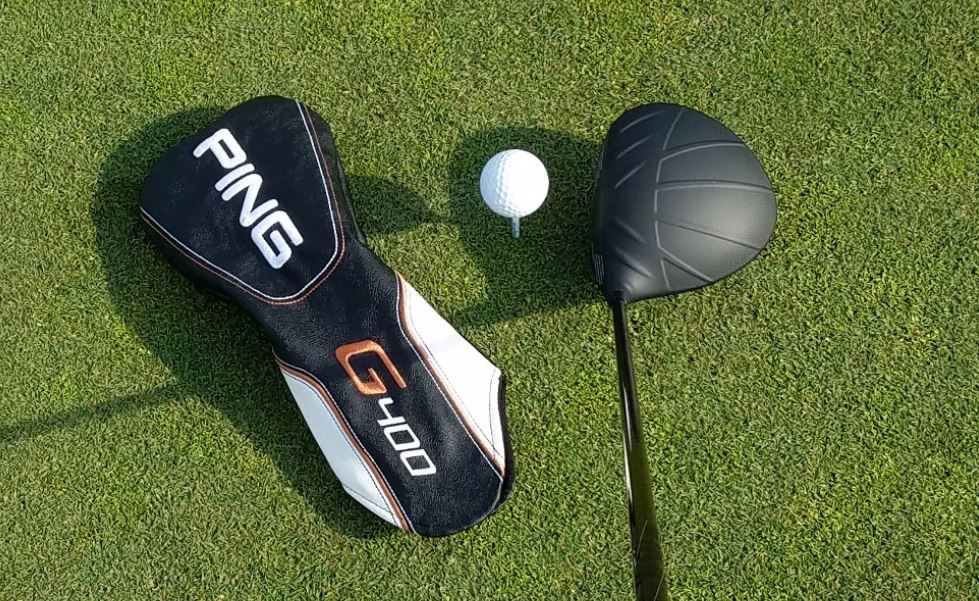
Pros:
- Looks great at address
- Lots of stock shaft options
- Adjustable hosel
- Forged face
- Very consistent
- Great for faster swingers
Cons:
- More expensive than the Ping G
- Less forgiving
Overall Score: 96/100
Check Out More Reviews Here:
Ping G Pros & Cons
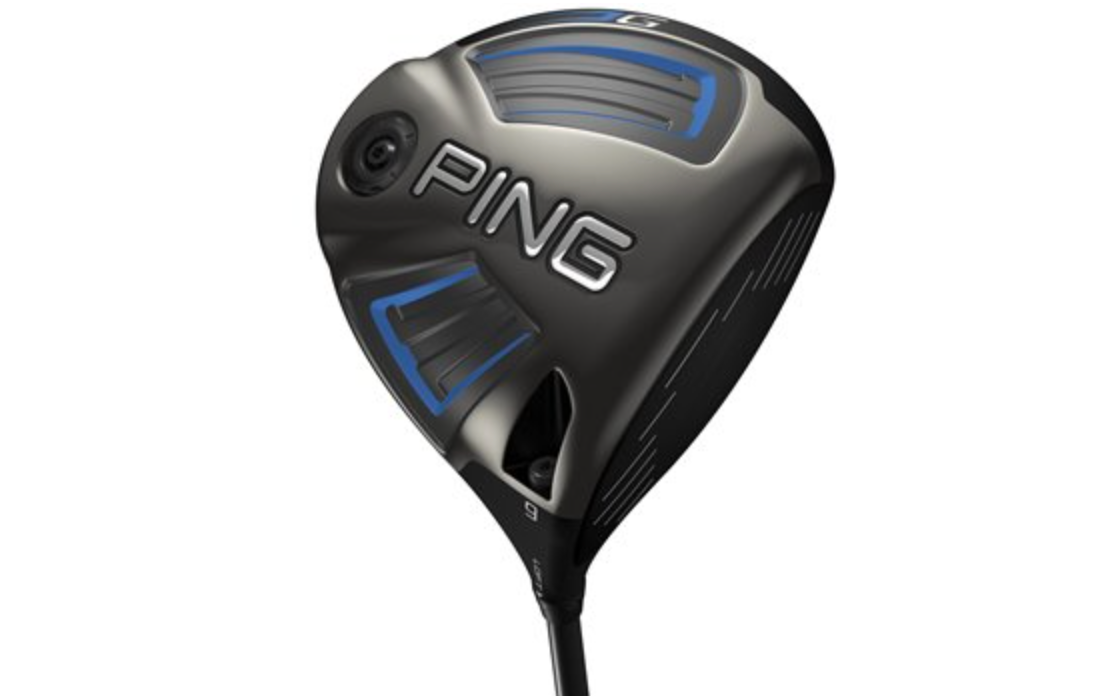
Pros:
- Wide hitting zone
- Great for beginners
- Affordable
- Adjustable hosel
- Very forgiving
Cons:
- Higher spin rates
- Less workability
Overall Rating: 95/100
Check Out More Reviews Here:
Final Assessment
“Beginners and high handicappers should try the Ping G driver first.”
These are both great drivers for the right kind of player. Mid handicappers will likely prefer the Ping G400 while beginners and high handicappers would likely jive better with the more forgiving Ping G driver.




